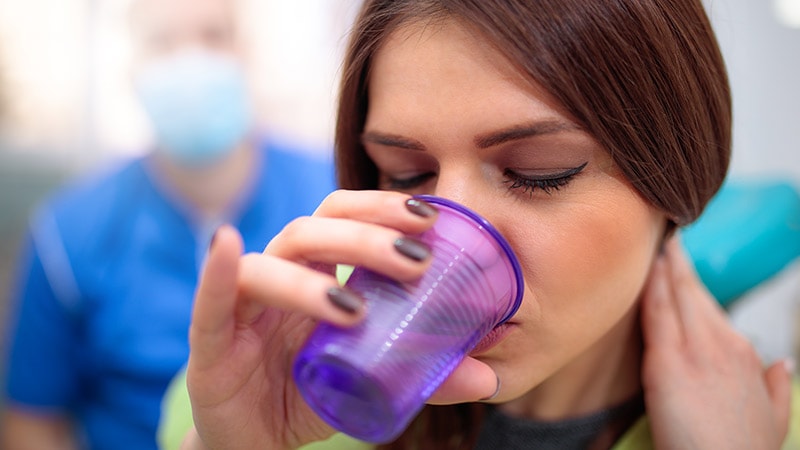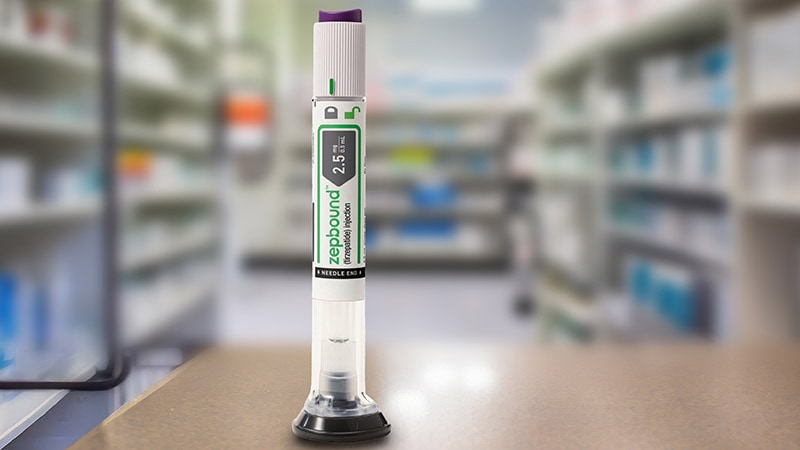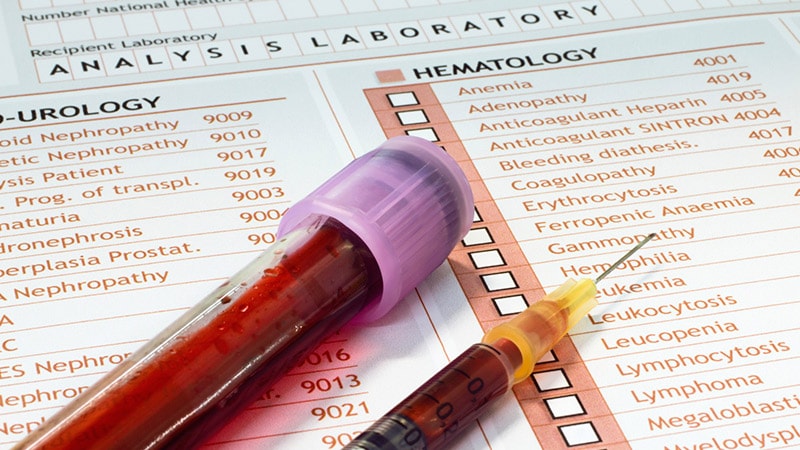After cow-to-cow transmission of avian influenza A subtype H5N1 in US dairy herds led to a cow-to-human transmission in Texas, the Association of State and Territorial Health Officials convened a panel of experts for a scientific symposium on Thursday to talk about the public health implications.
"The risk to the general public remains low," said Vivien Dugan, PhD, director of the Influenza Division at the Centers for Disease Control and Prevention (CDC). And should there be an outbreak, vaccine development measures are in place, she added.
From the sequencing data, "we can expect and anticipate that [the candidate vaccine viruses] will provide good protection," she explained.
Establishing candidate vaccine viruses "are the precursor to moving into large-scale vaccine production," Dugan explained. Should that be needed, the candidate viruses can be used by manufacturers to produce new vaccines.
The CDC is also actively partnering with commercial diagnostic developers and testing companies in case there is a need to scale-up testing, Dugan said.
The only current human case in the United States was reported on April 1 and confirmed by the CDC within 24 hours, reported Sonja Olsen, PhD, associate director for preparedness and response of the Influenza Division at the CDC.
The person had direct exposure to cattle and reported eye redness, consistent with conjunctivitis, as the only symptom. The person received treatment and has recovered, and there were no reports of illness among the person's household contacts, Olsen said.
Person With the Virus Has Recovered
The only other detection of the virus in a human in the United States was in 2022 and it was associated with infected poultry exposure. That person also had mild illness and recovered, Olsen explained.
Since 1997, when the first case of human infection was reported globally, "there have been 909 [human cases] reported from 23 countries," Olsen said. "About half [52%] of the human cases have resulted in death." Only a small number of human cases have been reported since 2015, but since 2022, more than two dozen human cases have been reported to the World Health Organization.
Experience with the virus in the United States has been about a year behind that in Europe, said Rosemary Sifford, DVM, chief veterinary officer at the US Department of Agriculture. In the United States, the first detection — in January 2022 — was in wild birds; this was followed the next month by the first detection in a commercial poultry flock.
In March of this year, the United States had its first detection in cattle, specifically dairy cattle. But testing has shown that "it remains very much an avian virus. It's not becoming a bovine virus," Sifford reported.
Detected in Cattle
Earlier this week, in an effort to minimize the risk of disease spread, the USDA issued a federal order that requires the reporting of positive influenza tests in livestock and mandatory testing for influenza of dairy cattle before interstate movement.
"As of today, there are affected herds in 33 farms across eight states," reported Olsen.
Tests are ongoing to determine how the virus is traveling, but "what we can say is that there's a high viral load in the milk in the cattle, and it appears that the transmission is happening mostly within the lactating herds," Sifford reported. It is unclear whether that is happening during the milking of the cows or whether contaminated milk from a cow with a high viral load is transmitting the virus to other cattle.
"We are strongly encouraging producers to limit the movement of cattle, particularly lactating cattle, as much as possible," she says.
Milk Is Likely the Source of Transmission
"We haven't seen anything that would change our assessment that the commercial milk supply is safe," says Donald Prater, DVM, acting director of the Center for Food Safety and Applied Nutrition at the US Food and Drug Administration (FDA).
In the federal and state milk safety system, he explained, nearly 99% of the commercial milk supply comes from farms that participate in the Grade A program and follow the Pasteurized Milk Ordinance, which outlines pasteurization requirements.
Because detection of the virus in dairy cattle is new, there are many questions to be answered in research, he reported. Among them:
- What level of virus might be leaving the farms from shedding by apparently healthy cows?
- Does any live virus survive the pasteurization process?
- Do different methods of pasteurization and dairy production have different effects on the viability of H5N1?
- Are effects different in various forms of dairy products, such as cheese and cream?
A critical question regarding the potential risk to humans is how much milk would have to be consumed for the virus to become an established infection. That information is essential to determine "what type of pasteurization criteria" are needed to provide "acceptable public health outcomes," Prater said.
The CDC is currently using the flu surveillance system to monitor for H5N1 activity in people. The systems show no current indicators of unusual influenza activity in people.

.webp) 2 weeks ago
6
2 weeks ago
6



























 English (US)
English (US)